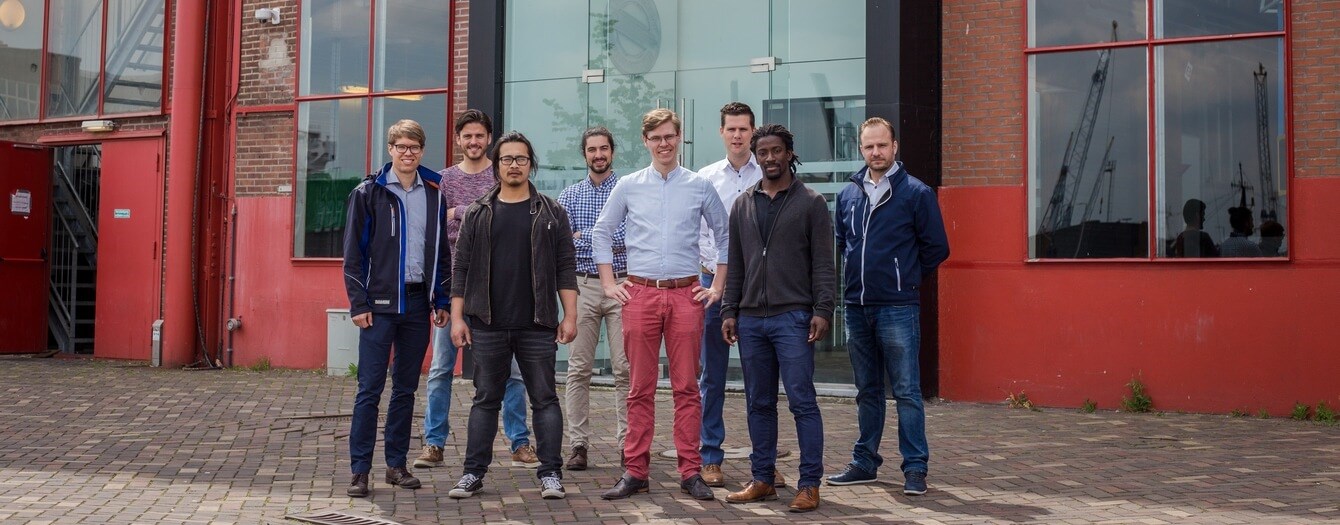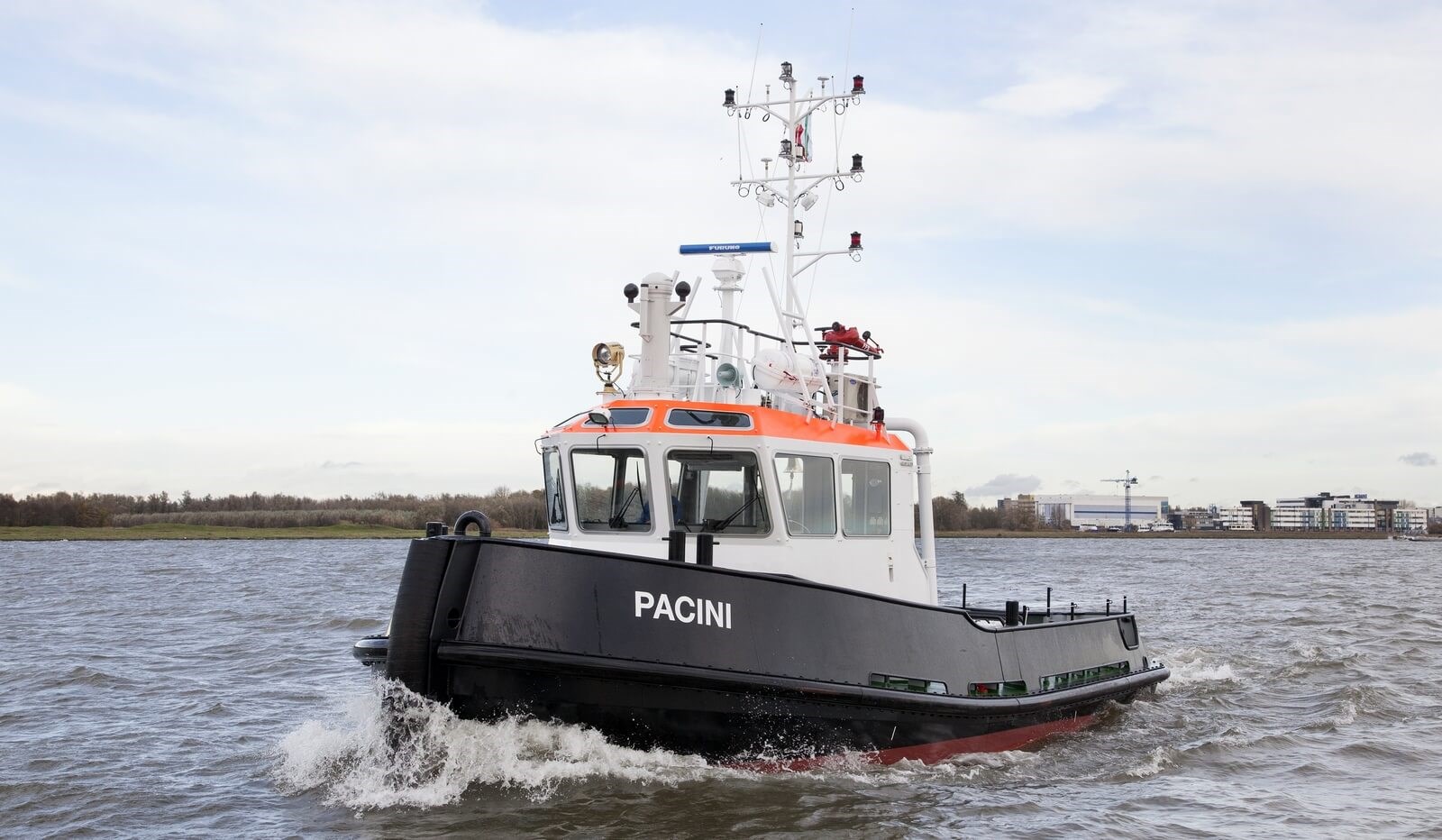Dutch engineering company Damen Shipyards Group has partnered with Rotterdam’s Additive Manufacturing Lab (RAMLAB) to 3D print the first certified ship propeller.
The RAMLAB is located in the Port of Rotterdam and has been developed to create metal ship parts for repairs and production. The laboratory uses a wire arc additive manufacturing (WAAM) process in combination with conventional subtractive manufacturing techniques. While Damen Shipyards Group is a global conglomerate with expertise in defence, shipbuilding, and engineering. The company made a revenue of €2.1 billion in 2015.
RAMLAB recently partnered with Autodesk to 3D print a metal ship propeller and will now scale up the process to a full-scale propeller with this new consortium.
Damen and RAMLAB are joined by Promarin, Autodesk and Bureau Veritas in this project which has been coined the WAAMpeller.

“World’s first class approved 3D printed ship’s propeller”
The 3D printed propeller will be based on Promarin’s design that is used for the Damen Stan Tug 1606. Promarin is a German company that specializes in propeller manufacturing.
Autodesk will provide software for the design of the project, RAMLAB will implement its WAAM fabrication technique and Bureau Veritas will facilitate the certification process. The finished 3D printed propeller will be 1,300 mm in diameter and weigh 180kg.
Damen states this “will be the first time that a metal 3D printed maritime component will be approved by Class.”

Full-scale trials
Following the production and certification process which will begin in the summer of 2017, Damen will perform full-scale trials on the propeller. These tests will include bollard pull and crash tests. The bollard pull test is a conventional method of assessing a ship’s power. Damen hopes that this process will help “to demonstrate that the research phase for 3D printing in the maritime sector is over, and that it can now be effectively applied in operations.”
Damen’s Principle Research Engineer Don Hoogendoorn, explains the 3D printing project is part of the company’s aims to create more efficient, environmentally friendly vehicles. Hoogendoom states,
The WAAMpeller project contributes to this goal because it not only marks an important advance in 3D printing, but it also has the potential to yield significant results in optimising future vessel designs. 3D printing technology brings with it an excellent opportunity to improve ship structures in terms of both performance and fuel consumption.
To stay up to date with the latest 3D printing news, subscribe to our newsletter and follow us on twitter and like us on Facebook.
Featured image shows the WAAM process. Photo via RAMLAB.



